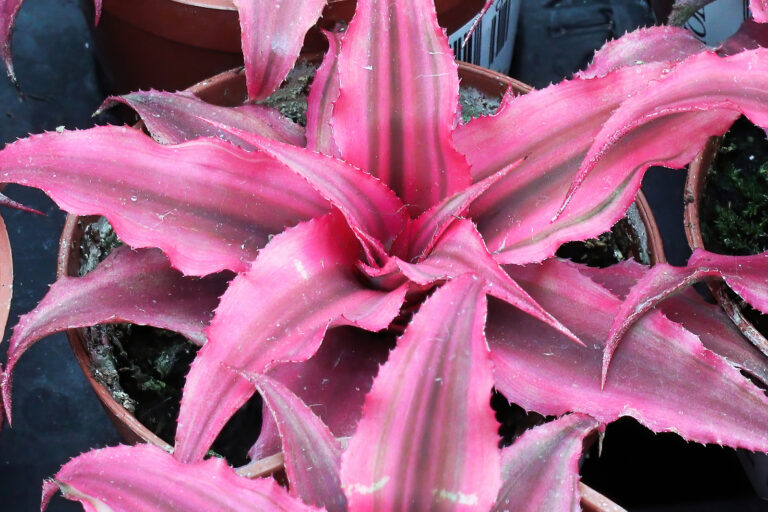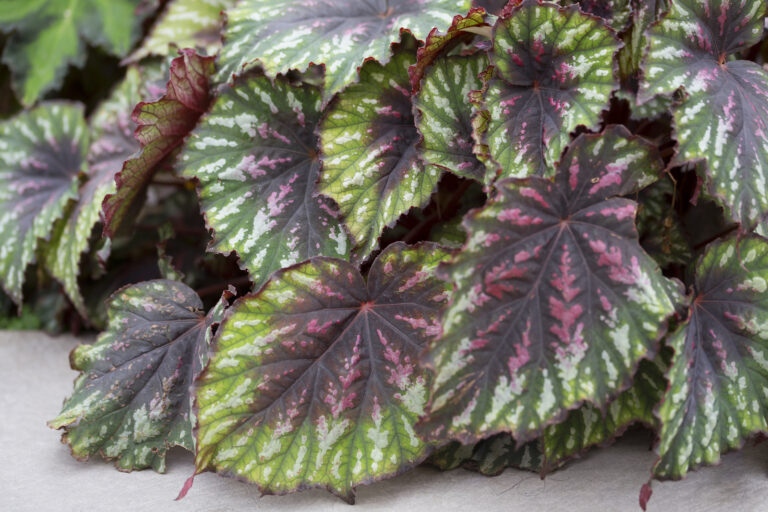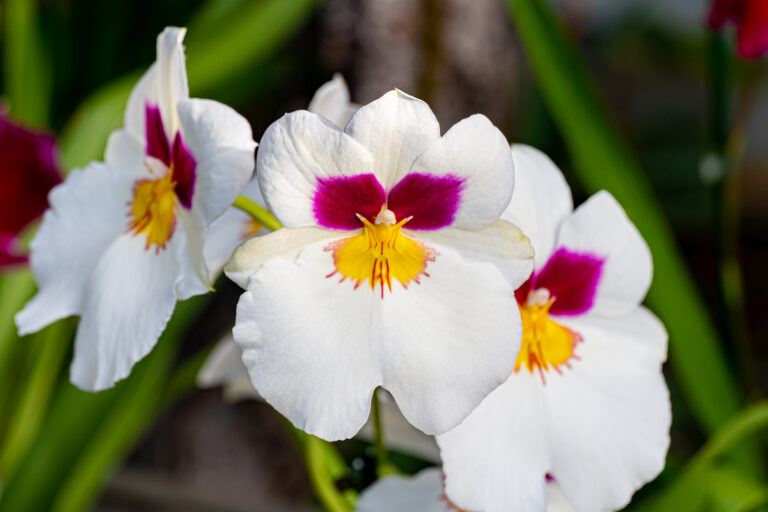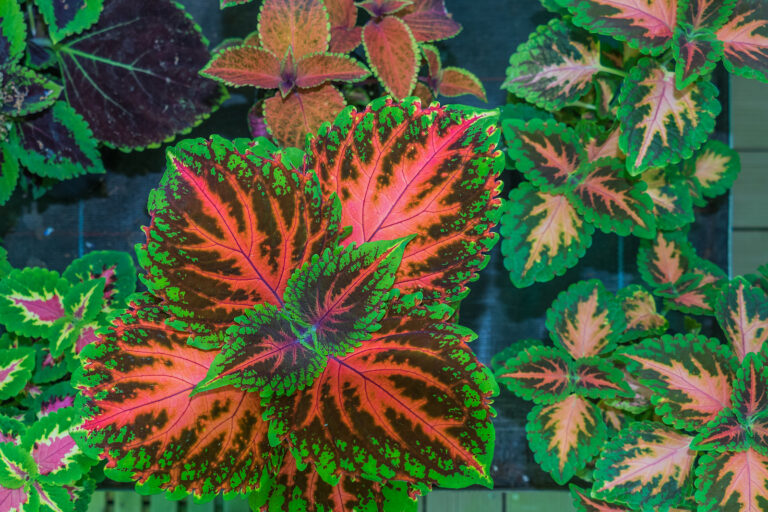How to Grow Swedish Ivy — Plectranthus
Plectranthus–commonly called Swedish ivy–is a shrublike or trailing tropical plant with fleshy, square stems and green leaves that may be heart-shaped, oval, or rounded often with a velvety texture
The leaves of Plectranthus have scalloped edges, veining, and a bronzy or purple cast. Small, tubular flowers are borne in terminal spikes throughout the year.
In mild-winter regions, Plectranthus can be grown outdoors in a border. In temperate regions, it can be set outdoors in summer, and grown indoors in winter. It is a good choice for hanging baskets.
Plectranthus is a genus of about 350 species of annuals, perennials, and semi-succulents. Plectranthus is native to Africa, Madagascar, Asia, Australasia, and the Pacific Islands.
Get to know Plectranthus
- Plant type: Tropical perennial
- Growing Zones and range: Zones 11-12
- Hardiness: Tender
- Optimal growing temperature: day 60° to 70°F (16°-21°C), night 55° to 60°F (13°-16°C)
- Light: Medium to high light
- Height and width: Trailing stems to 8 inches long or longer
- Foliage: Scalloped, round or oval, green, fleshy leaves on trailing stems
- Flowers: Occasionally, small, light purple flowers
- Uses: Tropical garden, houseplant, hanging basket
- Common name: Swedish Ivy
- Botanical name: Plectranthus australis
- Family: Lamiaceae
- Origin: Africa, Madagascar, Asia
Where to plant Plectranthus
- Light oudoors: Grow Plectranthus in dappled shade.
- Light indoors: Grow Plectranthus in medium to high light.
- Soil outdoors: Grow Plectranthus in moderately fertile, well-drained soil.
- Soil indoors: Plant Plectranthus in all-purpose mix.
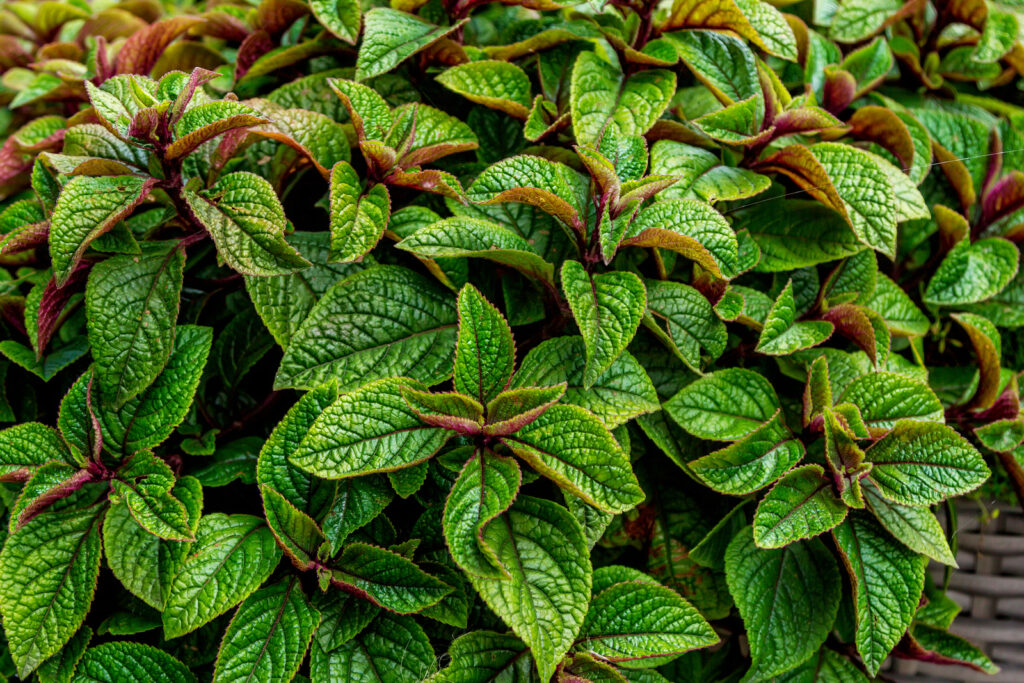
How to water and feed Plectranthus
- Keep the soil evenly moist for Plectranthus.
- Fertilize Plectranthus twice a month from spring to fall.
Plectranthus care
- Pinch off the stems of new growth often to keep the plant full and compact.
- Repot Plectranthus yearly.
Growing Plectranthus as a houseplant
- Plectranthus grows best in bright light, an average temperature, and medium humidity.
- It can be grown in a warm place with increased humidity.
- The soil should be allowed to dry moderately between thorough waterings.
- Fertilizer should be applied regularly in spring and summer.
Plectranthus common problems
- Wash the cottony mealybugs off Plectranthus with a strong spray of water or spray with insecticidal soap.
- Strong sun can cause tan patches on Plectranthus leaves; move the plant out of direct sunlight.
Plectranthus propagation
- Root new plants from young stem cuttings.
- Take Plectranthus tip cuttings and root them in all-purpose potting mix to root.
Plectranthus varieties to grow
- Plectranthus australis. Grows to 2 feet long; shiny, dark green rounded leaves; small flowers are light blue.
- P. coleoides. Trailing to 3 feet long; furry, heat-shaped gray-green leaves on purple stems; cultivar ‘Marginatus’ has leaves with white edges.
- P. oertendahlii, candle plant, has dark green, silver-veined leaves are red underneath.



